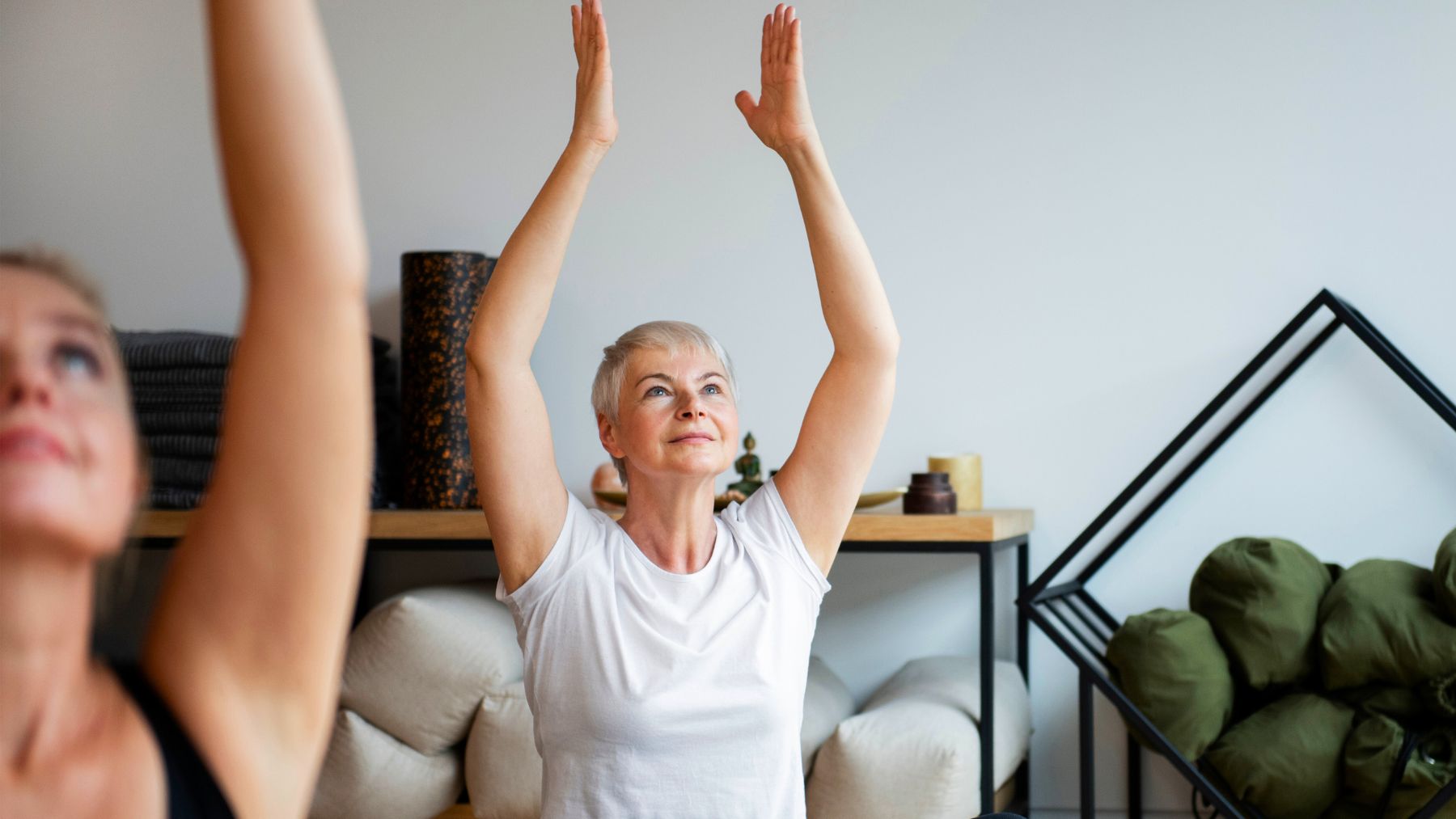One of the clearest ways to tell how steady and strong your body is doesn’t require a gym, equipment, or even much space. Doctors often use a simple stability test to get a sense of whether someone may be at risk for falls, which remain the leading cause of injury in older adults.
This test is about standing on a single leg. It may look easy, but studies show it’s a surprisingly reliable measure of balance, coordination, and longevity. In the next sections, we’ll break down how it works, what the results mean, and give practical exercises that can improve your stability over time. Let’s begin.
The single-leg test
Standing on one leg can be a quick way to gauge how well your body manages stability. Researchers have found that adults over 50 who can’t hold this position for at least 10 seconds may face an increased risk of death over the following decade. That makes this test one of the most important signals of how well you’re aging physically.
The process is straightforward. You begin with both feet on the ground and your arms relaxed at your sides. Then you lift one foot slightly off the floor while keeping your eyes looking forward. The goal is to hold the position without wobbling for 10 seconds or more. If you can manage that, it suggests that your nervous system, muscles, and joints are working together effectively to keep you stable.
Failing the test doesn’t mean something is immediately wrong, but it does highlight areas that may need attention. Poor balance is often linked to muscle weakness, reduced range of motion, slower reflexes, or even undiagnosed health conditions. That’s why doctors use this test as part of a broader evaluation of fall risk and independence.
How seniors can build better balance
If balancing on one leg feels shaky, the good news is that stability can be trained. Consistent practice and the right kind of exercises strengthen muscles and sharpen your body’s ability to react to shifts in position. Here are some effective ways older adults can improve balance:
- Strength training: Using light dumbbells, resistance bands, or bodyweight moves like lunges helps build leg and core strength.
- Walking: Brisk or even moderate-paced walking improves endurance and coordination while keeping joints active.
- Tai chi: This low-impact practice focuses on slow, deliberate movements that improve control, posture, and balance.
- Yoga: Gentle yoga sequences enhance flexibility, core stability, and awareness of body position, all of which protect against falls.
- Balance drills: Practicing single-leg stands near a wall or sturdy chair is a safe way to build confidence and stability over time.
- Everyday movements: Climbing stairs, rising from a chair without using your hands, or carrying light groceries can strengthen muscles used in daily life.
Adding just a few of these activities to your weekly routine can not only improve test results but also lower the chance of falls, keeping you more independent and active. The single-leg test offers a quick snapshot of where you stand today, and balance training provides the path to safer, more confident years ahead.

